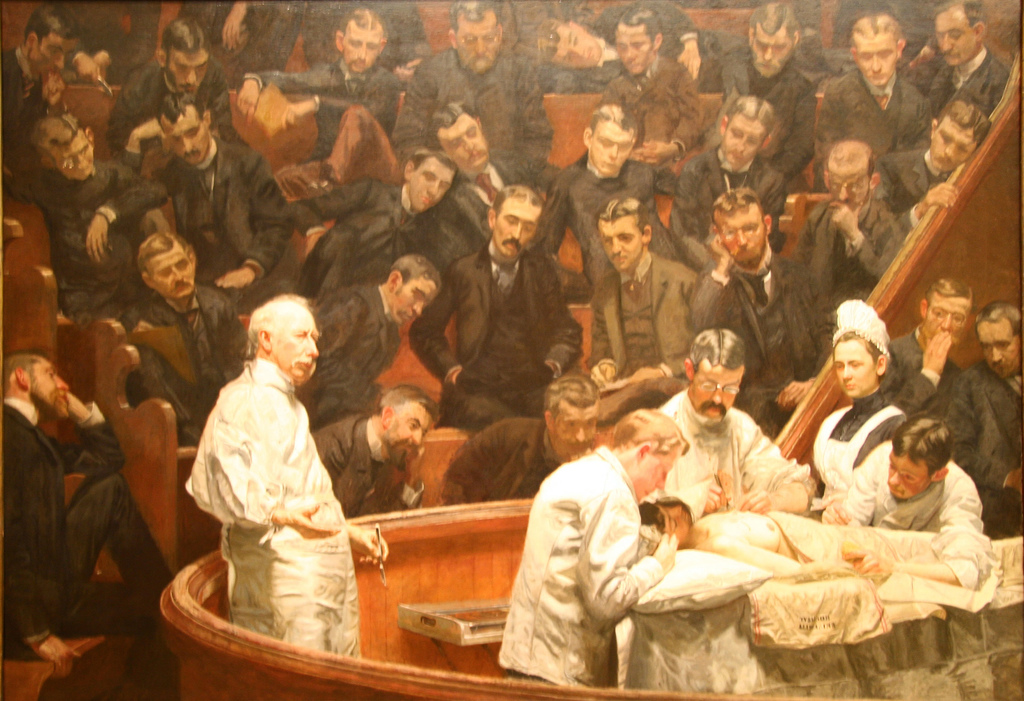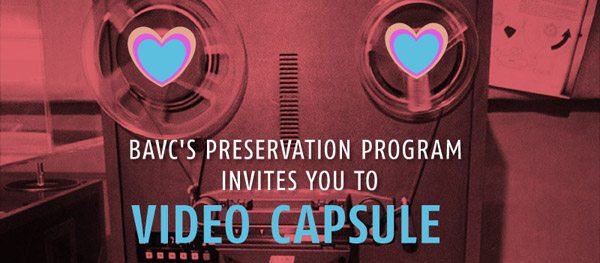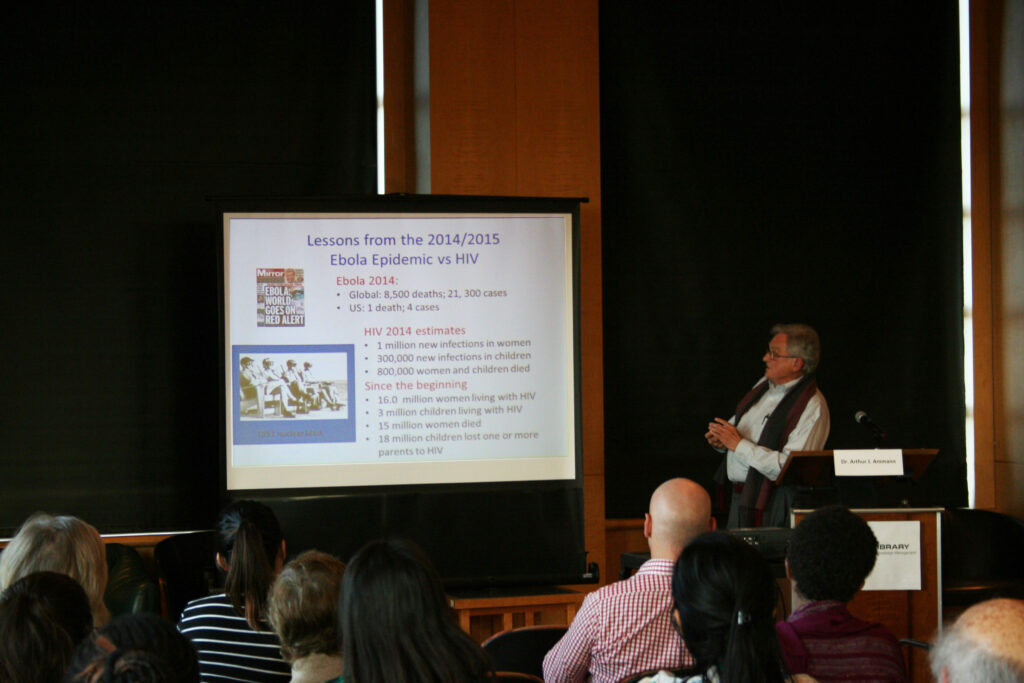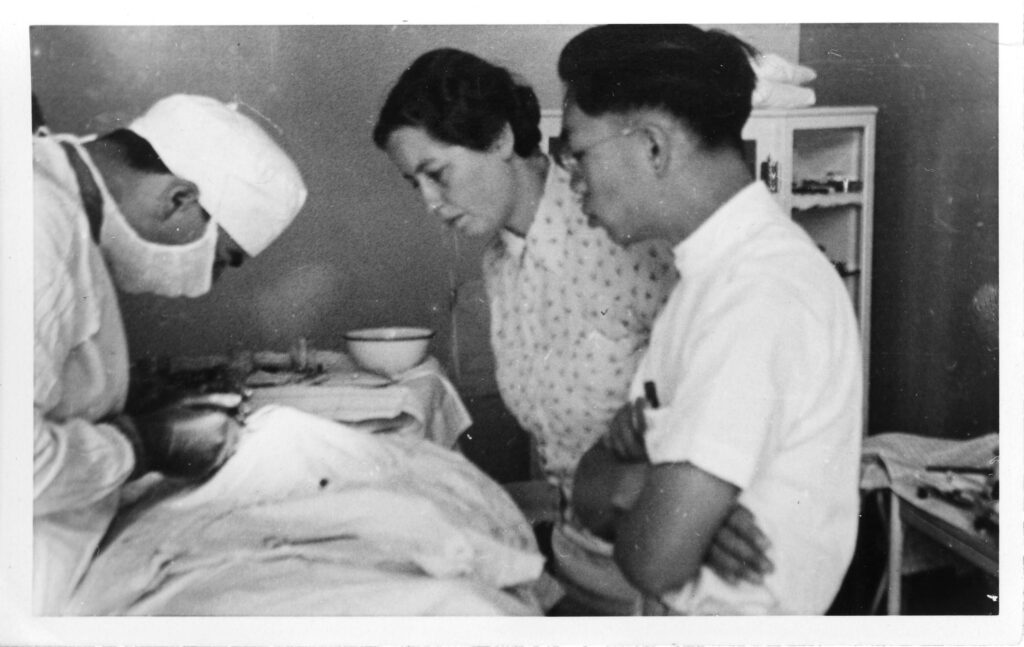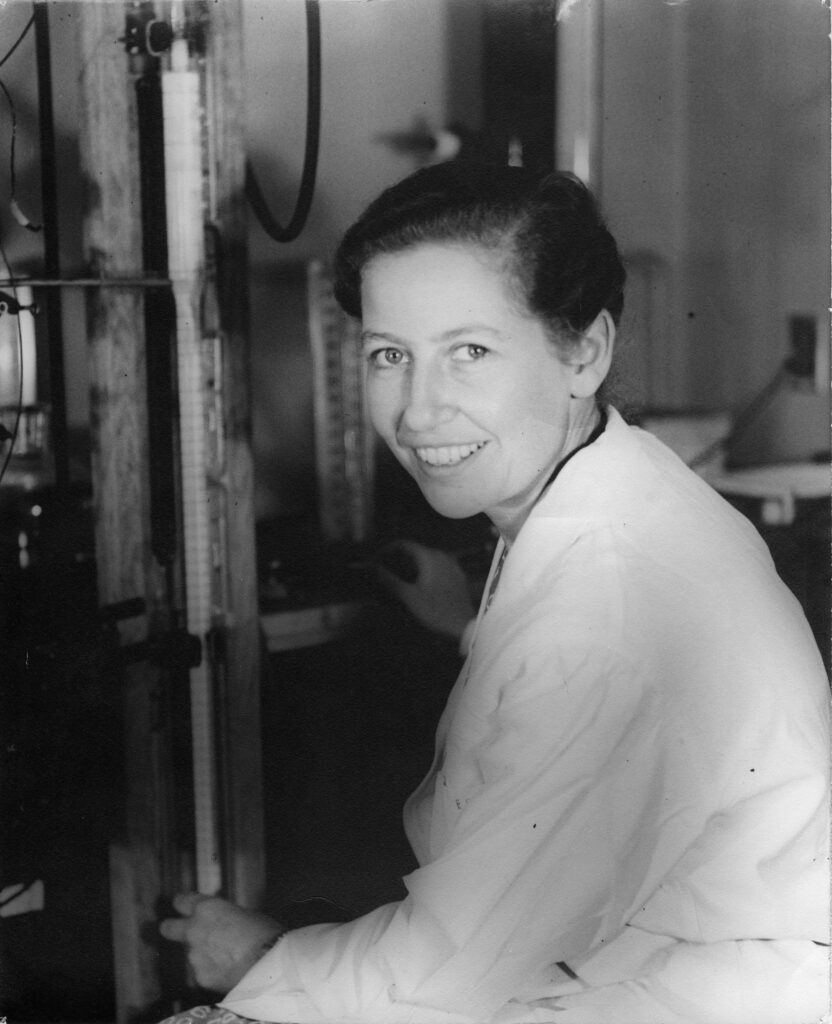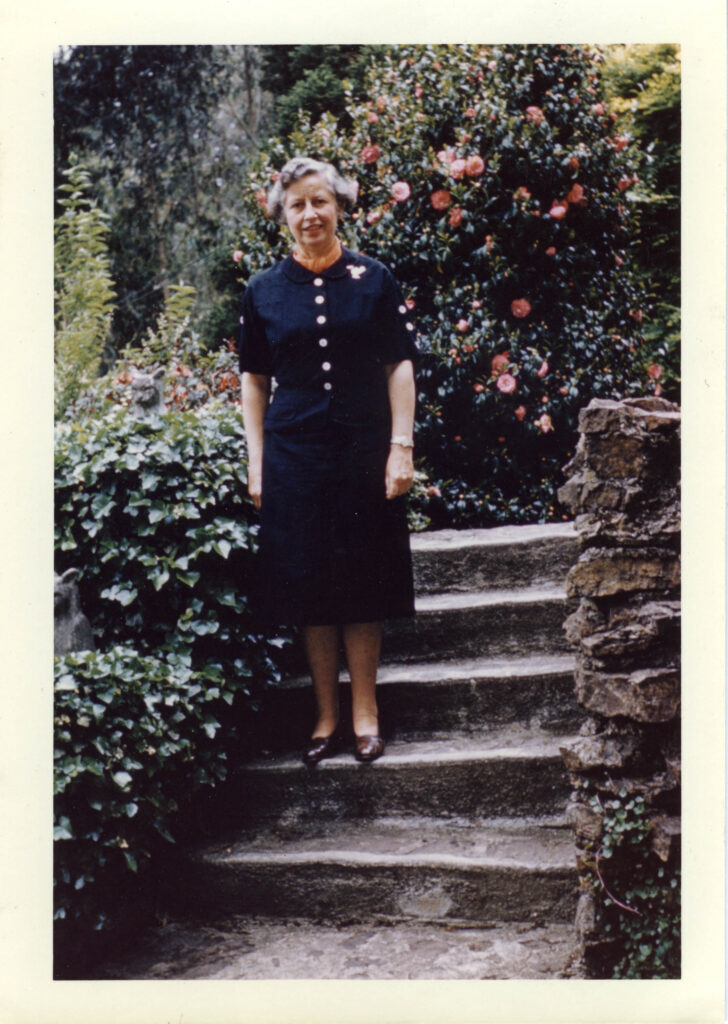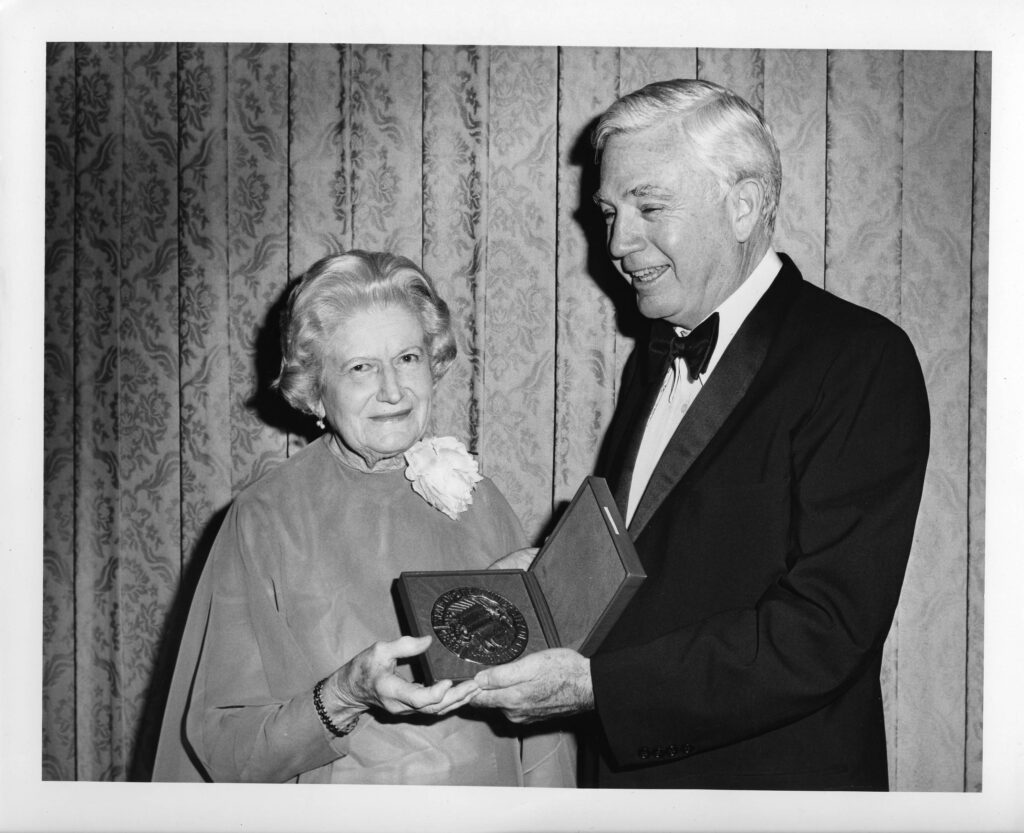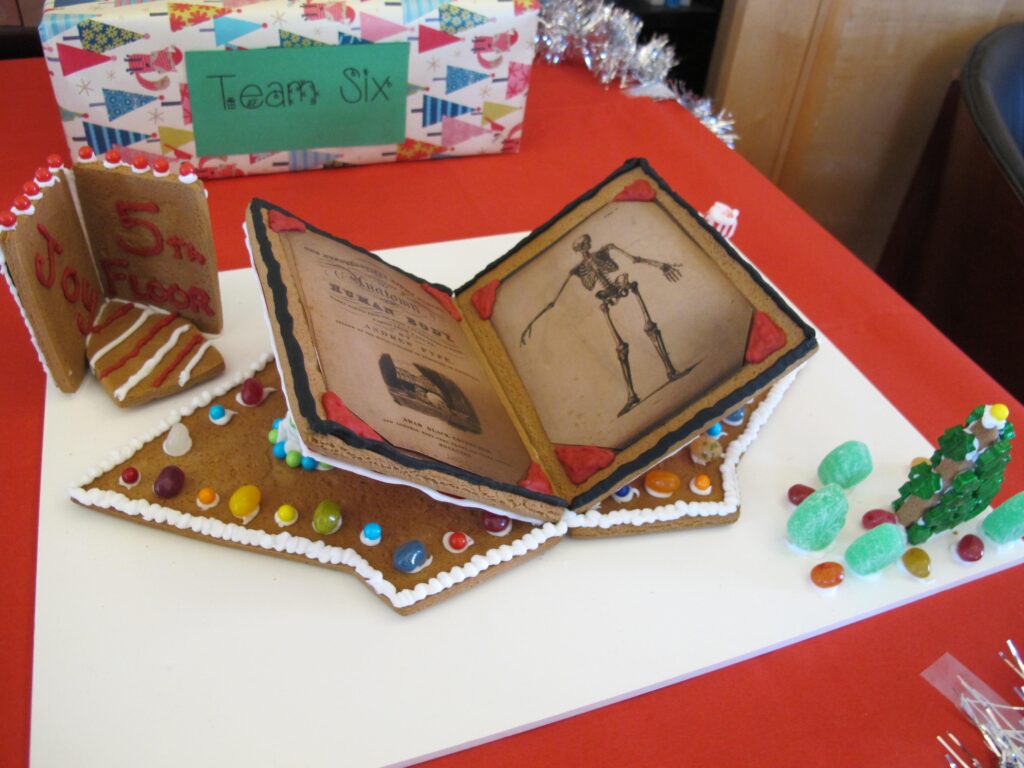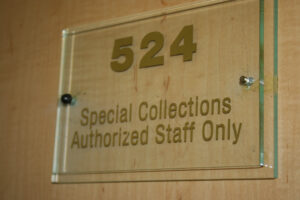It is amazing to think that curare, a poison sometimes known as “The Flying Death” and used on the tips of darts and arrows by indigenous people of South America, could prove to be an important stepping stone in the path to modern anesthesia. But then again, curare is not a simple poison, but actually a powerful muscle relaxant; after injection, an animal that has been shot with a curare-tipped dart can actually be kept alive through artificial respiration. More importantly to the native tribes—as they would not have needed to resuscitate their dinners—curare brings about paralysis and asphyxiation when injected (either by dart, arrow, or needle), but is not poisonous if ingested.

A native tribesman demonstrating his prowess with a blowgun typically used with curare darts. Clip taken from Richard Gill’s film “White Water and Black Magic”.
Curare was first brought to the United States by Richard Gill, an American living in Ecuador, in 1938. Gill had become interested in the medicinal uses of curare after falling off his horse and developing neurological symptoms including spasticity. After being told about curare by his neurologist, Gill sought out and befriended a tribe who used the arrow poison. The indigenous people then showed him how to procure and use it, and Gill eventually returned to the US with approximately 25 pounds of curare paste.
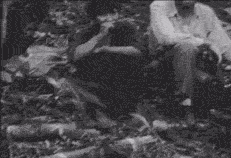
Richard Gill sitting with a native tribesman while watching another tribesman cook down curare. Clip also taken from “White Water and Black Magic”.
Medical experiments with curare began as early as the 19th century, but its use in anesthesia didn’t start until the mid-20th century, after Gill had introduced it in the US. One of its first uses was to prevent bone fractures brought about by spasms during electro-convulsive therapy. Since it is such a powerful muscle relaxant, curare proved helpful for tracheal intubation, and in keeping the patients’ muscles relaxed during operative procedures. It also lessened the need for the use of deep general anesthesia during highly invasive operations, like abdominal or thoracic surgeries.

1943 cartoon by Clark Haas depicting Richard Gill visiting native peoples to obtain more curare. Arthur Guedel collection, MSS 2016-03.
Despite its usefulness in relaxing patients, curare has no analgesic (painkilling) or anesthetic qualities. This was proven in the 1940s, after curare was given to some infants and children as the sole anesthetic agent during operative procedures. The patients who were old enough to communicate complained that they had felt everything during the surgery but were unable to move or cry out about the excruciating pain they were feeling. Upon hear this, anesthesiologist Dr. Scott Smith volunteered to take the drug in order to test whether curare did have any pain-relieving qualities. He became paralyzed but reported that the reduction of painful sensations was not impacted. Like the young patients before him, Smith had felt everything, but had not been able to move to stop it.


